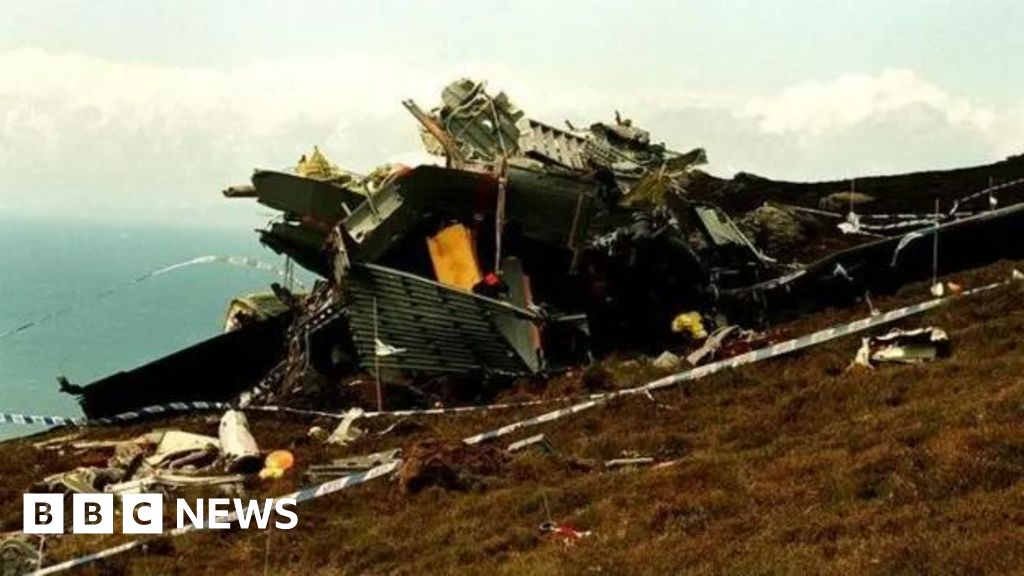- Innovation & Design
FTC abandons Biden-era effort to block Microsoft’s purchase of Activision
时间:2010-12-5 17:23:32 作者:Breaking News 来源:Fashion 查看: 评论:0内容摘要:"I watched it a few days before we had the try-outs in the university but I'd never seen the show," he said."I watched it a few days before we had the try-outs in the university but I'd never seen the show," he said.
In March that year, King George VI, Queen Elizabeth and Princess Elizabeth visited the priory to inspect troops and watch military manoeuvres.Shortly after, the then Prime Minister Winston Churchill paid a visit to the top-secret base to witness preparations.

Mr Coleman said it was Mrs Henson's wish for the estate, which also included a farming enterprise of about 845 acres, more than 215 acres of managed woodland and 11 cottages, be sold as a whole."She wanted someone who could afford to live there and love it as she did," he said."The whole place gives you a feeling of glamour and splendour, which you would normally see in a much bigger house like Castle Howard."

Walking around the hall, Mrs Henson's "quirky and interesting" character still left a strong impression, Mr Coleman added.In the basement area, which was once the staff quarters, drawings on the walls give a snapshot into the informal parties Mrs Henson would hold.

Mr Coleman said: "I only met her briefly, sadly at the end of her life, but she was a great character who loved to entertain.
"There's a wonderful room downstairs, which turned out to be an informal party room with drawings on the wall of caricatures of the great and the good coming here to party over the last 40 or 50 years.""It's causing a mini-pandemic," he said.
Mr Clayton added that he fully supported the strike action by the refuse workers and said he had provided his service for "as cheap as I possibly can" to people who are "desperate" for their waste to be collected.The history of Grangemouth has been built on fossil fuels – but now its future depends on its reinvention as Scotland's green energy industrial hub.
The site, on the south bank of the Firth of Forth, is home to the UK's oldest oil refinery, which dates back to 1924.It is being closed down by owner Petroineos, with the loss of 400 of the 2,000 jobs which are based at the sprawling industrial complex.
- 最近更新
- 2025-07-07 07:21:53A man is arrested over links to the Palm Springs fertility clinic bombing
- 2025-07-07 07:21:53Trump says he doesn’t care if US, Iran sign a nuclear agreement
- 2025-07-07 07:21:53Alabama Agriculture Commissioner Rick Pate to run for lieutenant governor
- 2025-07-07 07:21:53Trump calls for cancellation of Netanyahu’s corruption trial in Israel
- 2025-07-07 07:21:53Teenager fatally pinned between 2 vehicles in California private school parking lot
- 2025-07-07 07:21:53Iran moves to punish ‘spying’ as it proclaims victory over Israel, US
- 2025-07-07 07:21:53The ‘12-Day War’ ended with an attack on Qatar. Why didn’t it escalate?
- 2025-07-07 07:21:53Data capturing hot spots and burned acres show Canada wildfire season off to wild start
- 热门排行
- 2025-07-07 07:21:53how these telematics programs work
- 2025-07-07 07:21:53Israel kills more than 90 in Gaza as 3 killed in attack by Israeli settlers
- 2025-07-07 07:21:532026 COLA Prediction Update - May
- 2025-07-07 07:21:53The ‘12-Day War’ ended with an attack on Qatar. Why didn’t it escalate?
- 2025-07-07 07:21:53Tropical Depression 3 expected to strengthen before South Carolina landfall
- 2025-07-07 07:21:53The ‘12-Day War’ ended with an attack on Qatar. Why didn’t it escalate?
- 2025-07-07 07:21:53L’Oréal Revitalift Hyaluronic Acid Face Serum
- 2025-07-07 07:21:53Former congressional candidate running against US Sen. Tommy Tuberville for Alabama governor
- 友情链接
- ElleHow fashion fell in love with toys Sailing to break the siege on Gaza Kilmar Abrego Garcia says he was beaten and subjected to psychological torture in El … Microsoft to cut 4% of staff in new wave of lay-offs Starmer moves to bolster Reeves after tearful Commons episode fuels bonds slump What is compound interest? How it works to turn time into money Tesla global sales fall amid Musk backlash and pressure on EV market Video Duration 28 minutes 30 seconds play-arrow28:30 Worried about outliving your savings? 5 retirement withdrawal steps to make your money last longer 2025 financial checklist: Your guide to protecting your assets and building wealth What are the different parts of Medicare? Joint bank accounts: The pros and cons for every stage of life Gaza youth shun turmeric video trend due to food crisis Should you cosign a loan for your child or a loved one? A guide to risks and rewards How healthy are your finances, really? 4 money questions to ask yourself today Palestinians in Gaza are calling for their own ceasefire Should you use a home equity loan to remodel or renovate your home? guide Understanding Part D Prescription Plans This Rare Bicentennial Quarter Has Nearly $20K Value — Plus 7 More Worth Thousands Video Duration 27 minutes 00 seconds play-arrow27:00 guide Medicare & High-Income Earners Dollar-cost averaging: How to stop worrying about the market and start enjoying automated investing Worried about outliving your savings? 5 retirement withdrawal steps to make your money last longer How generative AI is affecting people’s minds National GeographicHere’s why you should visit Nashville in 2025 weather where you are traveling guide Medicare & Professional Caregivers 6 simple ways to save money on your prescriptions — without skipping your meds When’s the best time to shop for car insurance? (Hint: It could be right now) Trump announces deal to impose 20% tariff on trade with Vietnam
